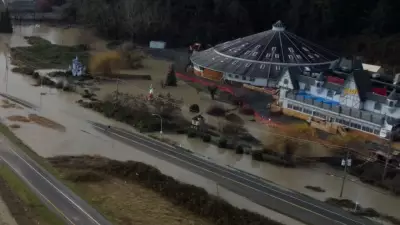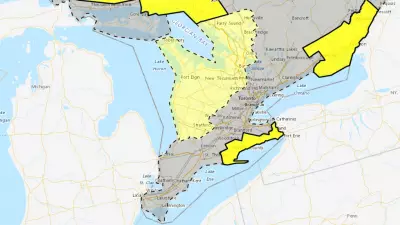
Philippines Faces Dual Crisis as New Super Typhoon Approaches
The Philippines is bracing for another potentially devastating weather event as a super typhoon threatens the archipelago nation, which is still reeling from the aftermath of Typhoon Kalmaegi that claimed more than 200 lives earlier this month.
The timing couldn't be more challenging for communities across the central Philippines, where residents are just beginning to return to their flood-damaged homes and assess the full extent of destruction from the previous storm.
Recent Devastation from Typhoon Kalmaegi
Evidence of the recent destruction remains starkly visible throughout affected regions. In Bacayan, Cebu province, debris still lays scattered outside homes as residents attempt to salvage what remains of their properties and livelihoods.
The scale of the previous disaster became apparent on Friday, November 7, 2025, when the true impact of Typhoon Kalmaegi emerged. The storm devastated entire provinces in the central Philippines, with the death toll surpassing 200 individuals and countless families displaced from their homes.
Photographic documentation from the affected areas shows the heartbreaking scenes of residents picking through waterlogged belongings and assessing structural damage to their properties. The recovery process had only just begun when weather monitors detected the formation of the new super typhoon.
Imminent Threat and Emergency Preparations
Meteorological agencies are closely tracking the development and projected path of the approaching super typhoon. The potential for this new weather system to hit already vulnerable communities has emergency management teams on high alert.
Disaster response organizations are racing against time to preposition emergency supplies and evacuation equipment in regions most likely to be affected. The challenge is compounded by damaged infrastructure from the previous storm, which may hinder both preparation efforts and potential rescue operations.
Authorities have begun issuing preliminary warnings to coastal and low-lying communities, urging residents to monitor official channels and prepare for possible evacuation orders. The memory of Typhoon Kalmaegi's devastation has made many residents particularly attentive to these early warnings.
International aid organizations with presence in the Philippines are also mobilizing resources, drawing on lessons learned from the recent disaster response to Kalmaegi. The consecutive nature of these severe weather events tests the resilience of both government systems and community preparedness.
Climate scientists note that the increasing intensity of tropical cyclones aligns with patterns of warming ocean temperatures, raising concerns about future storm seasons in vulnerable regions like the Philippines.





